[Biscuitroots and Desert Parsleys: The Genus Lomatium East of the Cascade Mts. of Oregon and Washington]
Cous, Cous Biscuitroot, Cous-root Desert Parsley
Lomatium cous
Synonyms: Lomatium circumdatum, Lomatium montanum
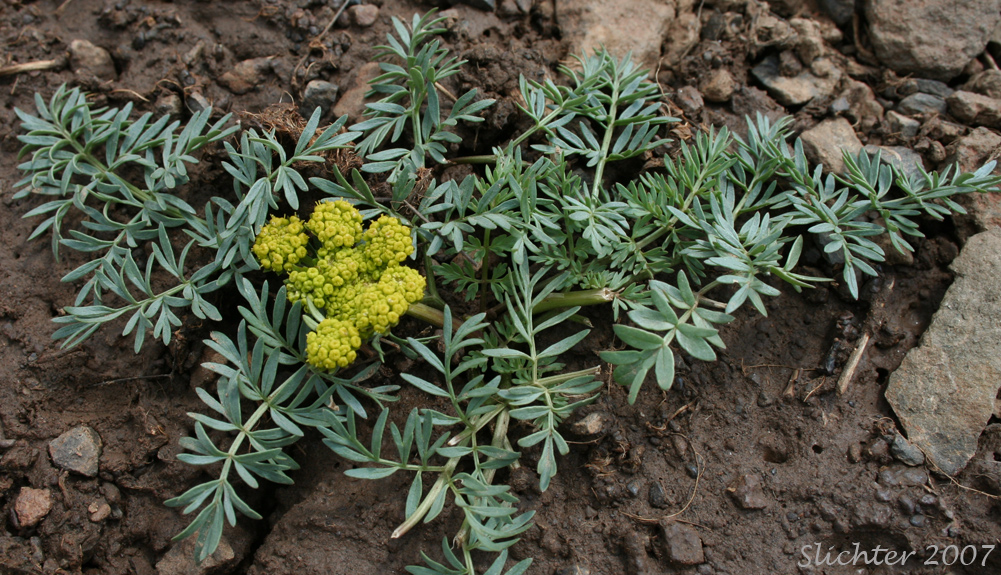
The photo above shows cous as seen several miles north of Antelope, OR...........April 19, 2007.
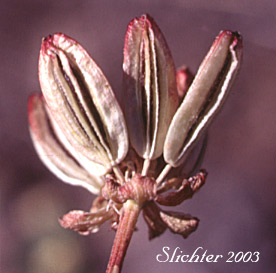 The
photo at right shows the fruits of cous as seen along the South Steens Loop Road..........June
22, 1999.
The
photo at right shows the fruits of cous as seen along the South Steens Loop Road..........June
22, 1999.
Characteristics:
Also known as biscuit-root, cous is an attractive perennial
wildflower with one to several stems ascending 10-35 cm high from a slender,
elongate or occasionally short, thick, tuberous root. The herbage of stems and
leaves is glabrous. The stems range from very short and difficult to distinguish
with all basal leaves to longer with several reduced leaves on the stems. The
leaves are pinnately to ternate-pinnately dissected with crowded, ovate to oblong
segments from 1-5 mm long and 1-2 mm wide. The blades range from 5.5-9.5 cm
long with the petioles from 3-6 cm long and with a wide sheathing base often
as much as one-half the length of the petiole (See photo below.). The flower
stem generally exceeds the leaves.
Each umbel consists of 10-12 rays of unequal length, the longest
measuring from 1-5 cm long. The involucel consists of a ring of distinct, ovate
bracts which are equal to or exceed the yellowish flowers. Each umbellet is
about 20-flowered. The glabrous fruits are oblong-elliptic in shape and 5-12
mm long and up to 3-5 mm wide with wings narrower than the body. The short stems
below individual fruits are 2-4 mm long.
Importance:
Cous was an important root crop for Native Americans. The roots
were dug in early May and eaten raw, boiled, or sun dried and made into flour.
The flour was then used to make "brick loaves." The seeds were eaten
raw or roasted. Processed Cous was an important item of trade and was important
as a substantial winter food supply.
Habitat:
Cous may be found on dry, open and oft rocky slopes and valley
bottoms from the foothills to well above timberline in the mountains.
Range:
Cous may be found in the Blue Mts. of southeastern Washington
and northeastern Oregon south to Harney County in eastern Oregon and east across
central Idaho to Meagher and Carbon counties in Montana, the mountains of northern
Wyoming, northeastern Nevada, and Owyhee County in southwest Idaho.
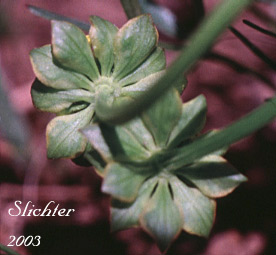
The photo above shows the distinctive ovate
bracts beneath the umbelets of Cous, as seen at Daugherty Springs Meadows in
the Wallowa-Whitman N.F........May 30, 1999.
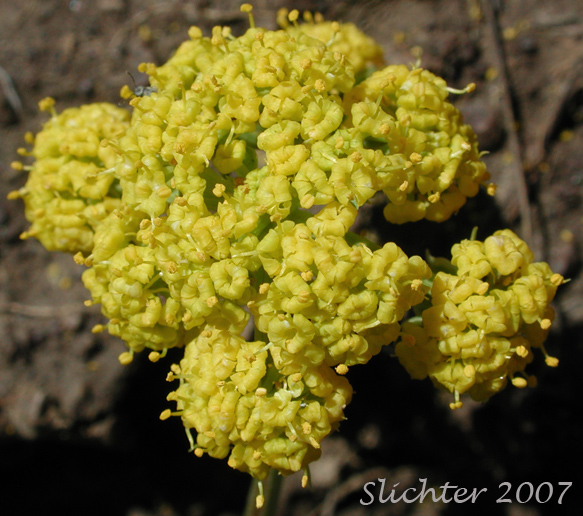
The photo above shows a close-up view downwards onto the upper surface of the umbel of cous as seen along Oregon Highway 206 several miles northwest of Condon, OR..........April 8, 2007.
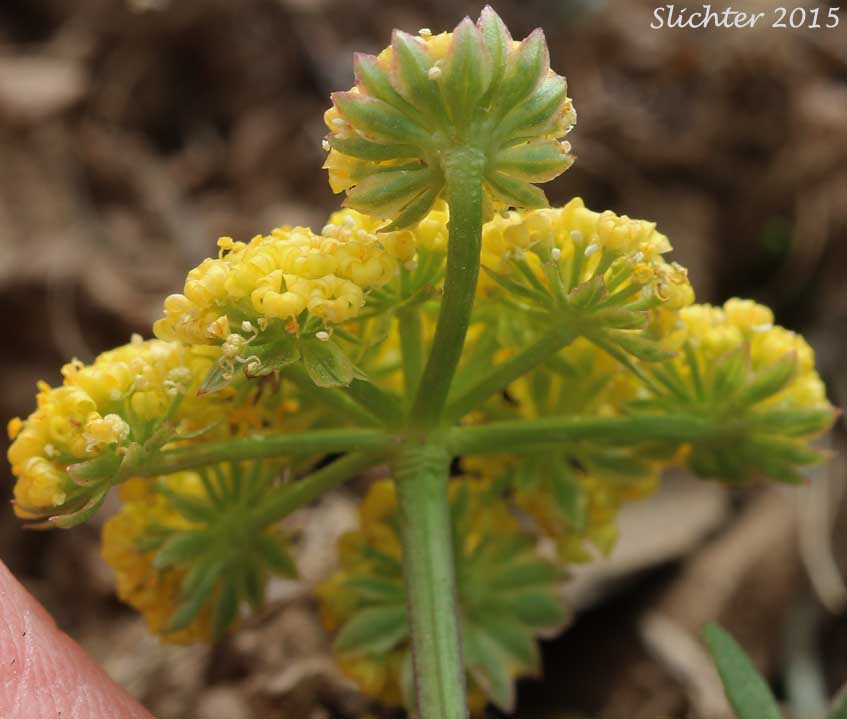 -
- 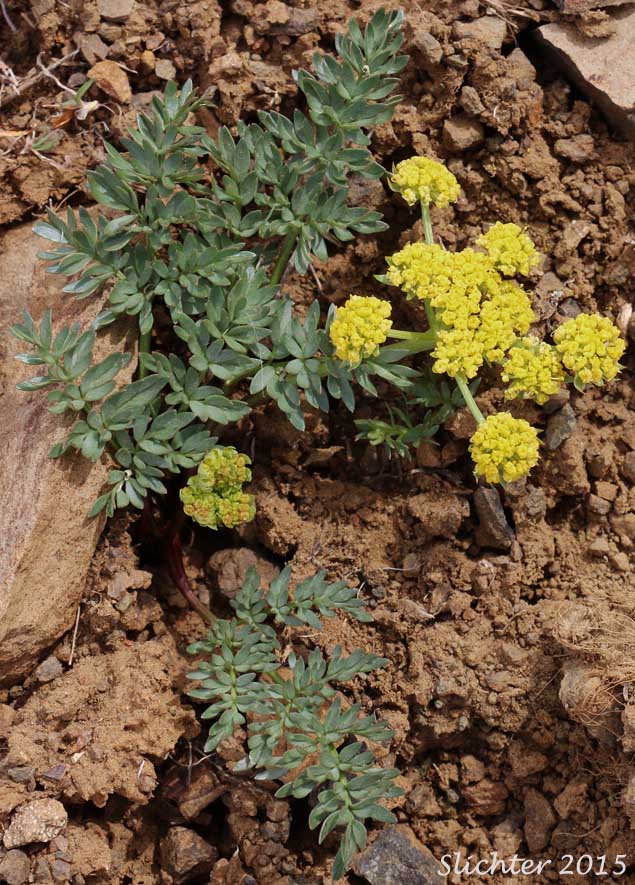 -
- 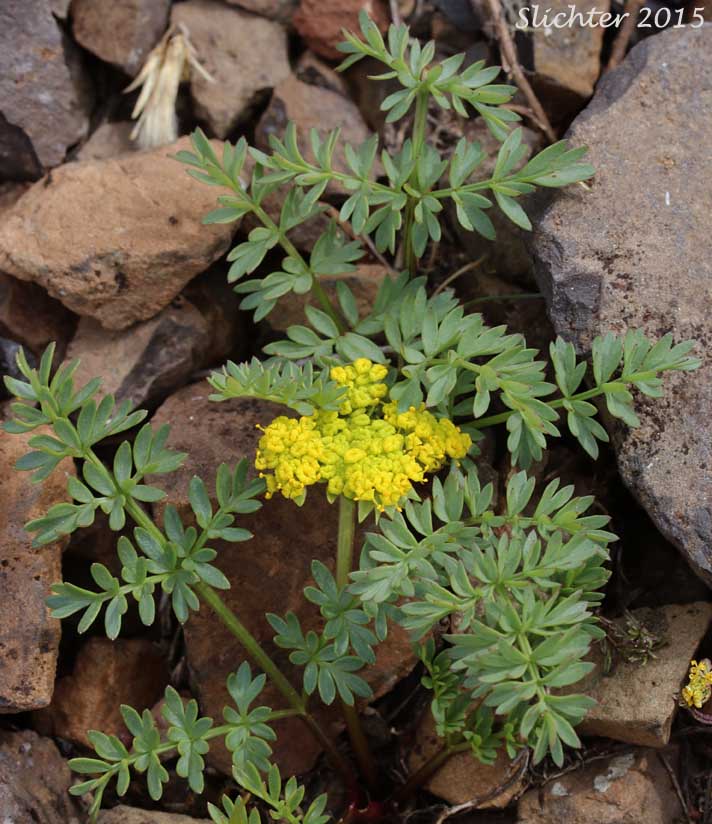
 -
- 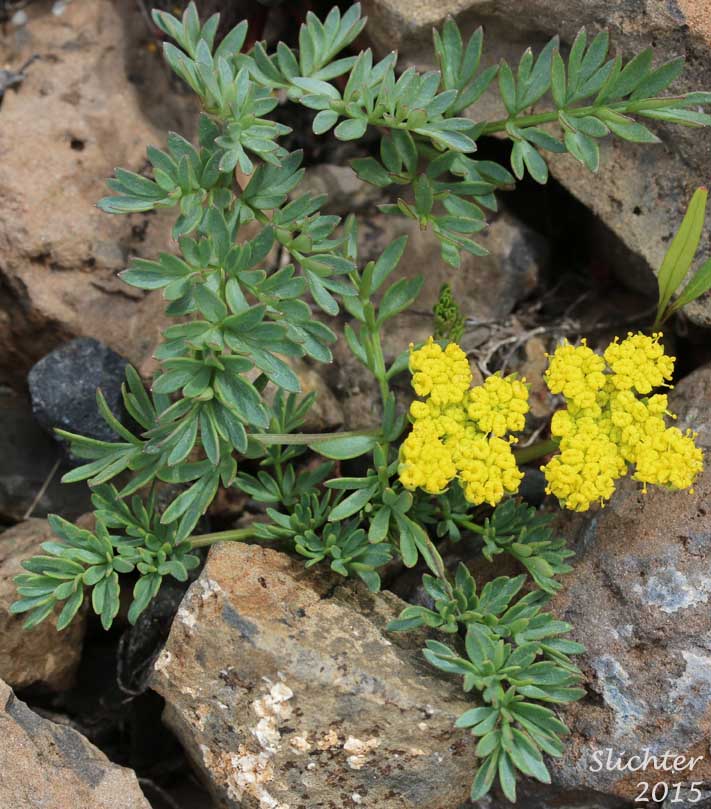
Cous as seen along Oregon Highway 218 about one and one-half miles south of Shaniko, Oregon..........March 10, 2015.
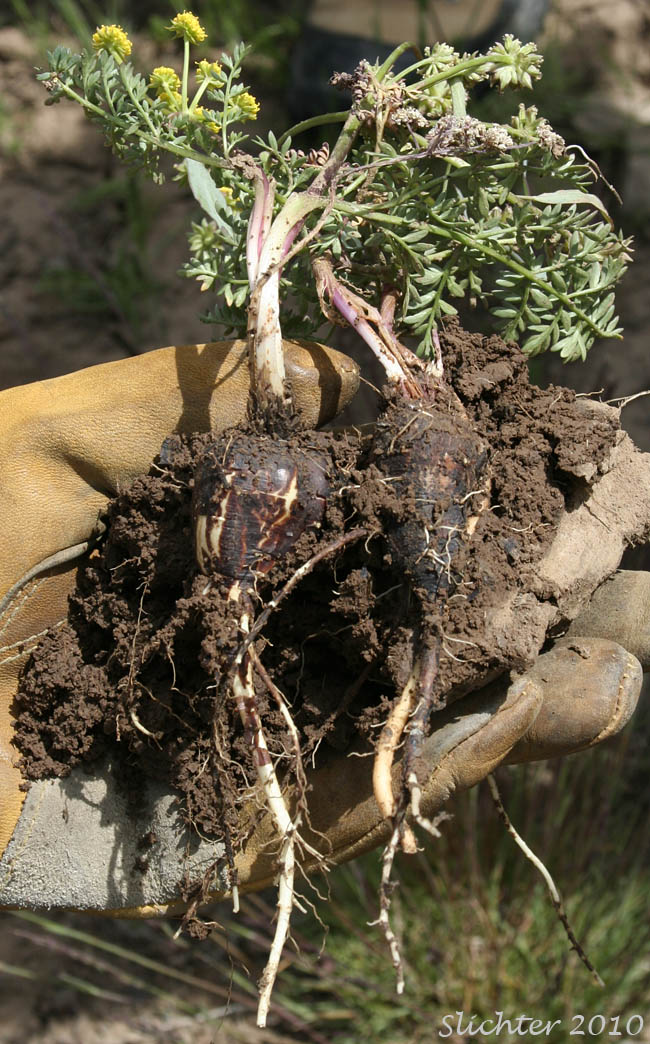
Close-up of the broad, tuberous root of cous as seen at the Lawrence Memorial Grasland Preserve in north-centeral Oregon.........May 15, 2010. Native americans used cous as a prized source of starch. Eaten raw, the roots are very palatable and have no apparent taste.
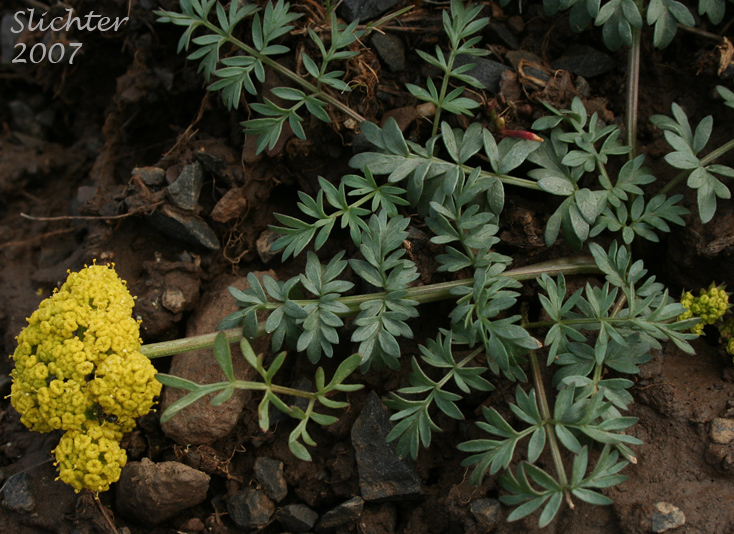 -
- 
The photo at left shows another example of cous as seen several miles north of Antelope, OR..........April 19, 2007. The photo at right shows cous as seen in rock runnelsalong US Highway 97 several miles west of Shaniko, Oregon.........March 10, 2015.
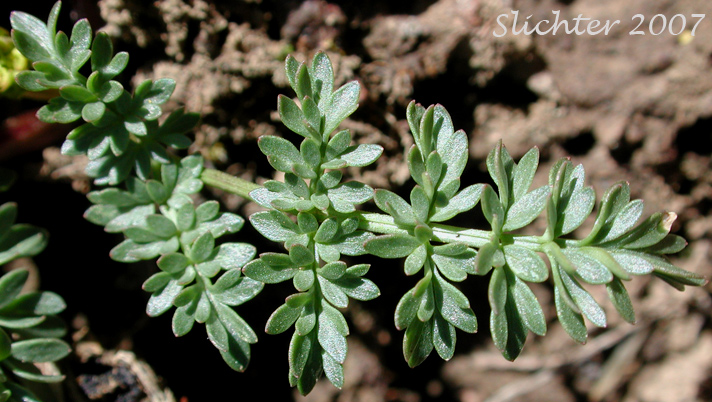
The photo above shows a young leaf of cous. Other desert parsleys which have leaves similar in appearance to cous include Canby's desert parsley (white umbels) and sheathing desert parsley (generally has at least one stem leaf).
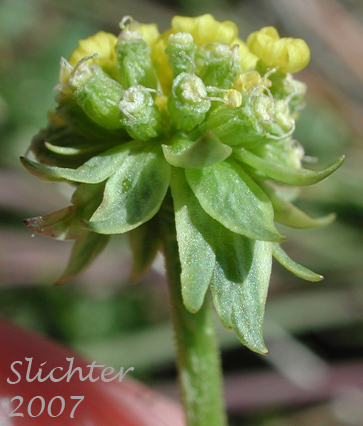
The photo above shows the broad, elliptical to ovate bracts found below an umbellet of cous
as seen along Oregon Highway 206 to the northwest of Condon, OR..........April 8, 2007.
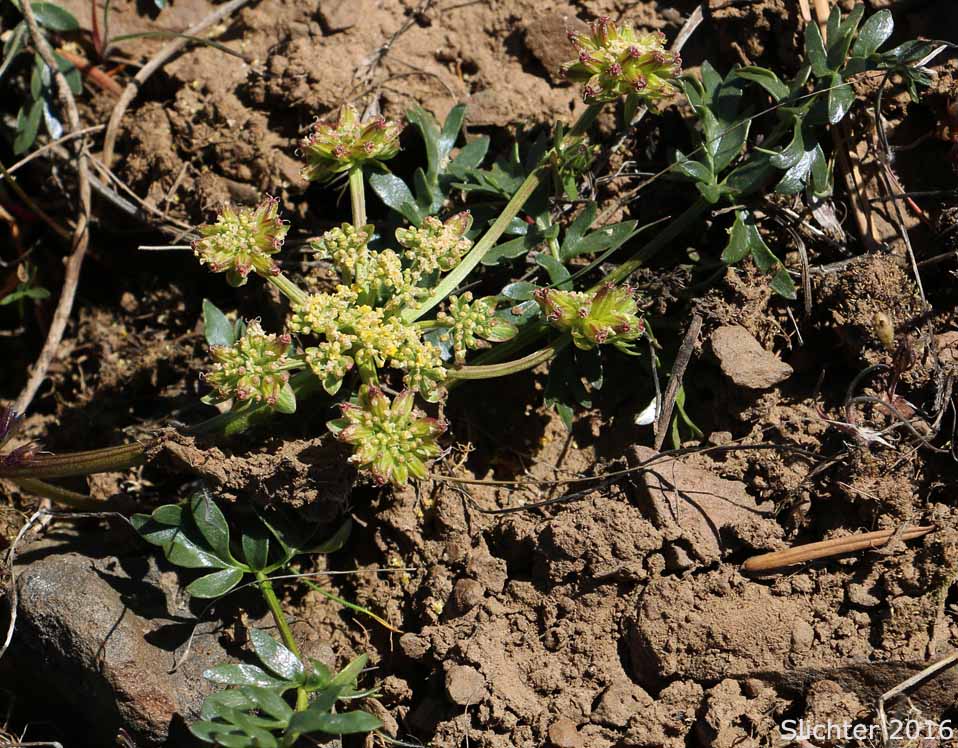 -
-  -
- 
Cous blooming on scablands between Long Prairie and FS Road 4230-050, Ochoco National Forest........April 30, 2016. The large involucel bracts are easily seen in these images.
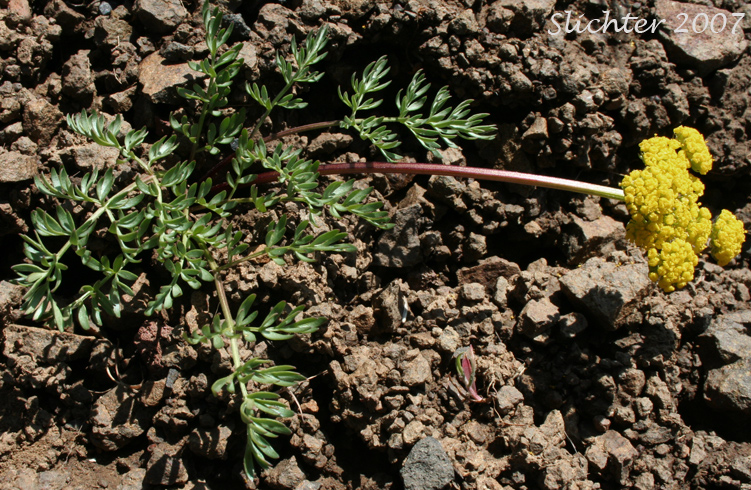 -
- 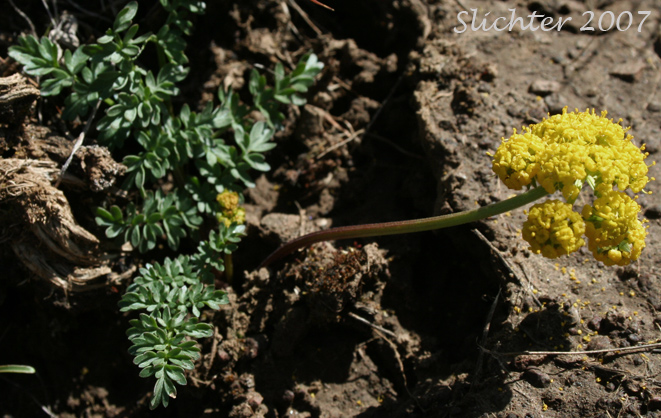
The photo above shows the broad, elliptical to ovate bracts found below an umbellet of cous as seen along Oregon Highway 206 to the northwest of Condon, OR..........April 8, 2007.
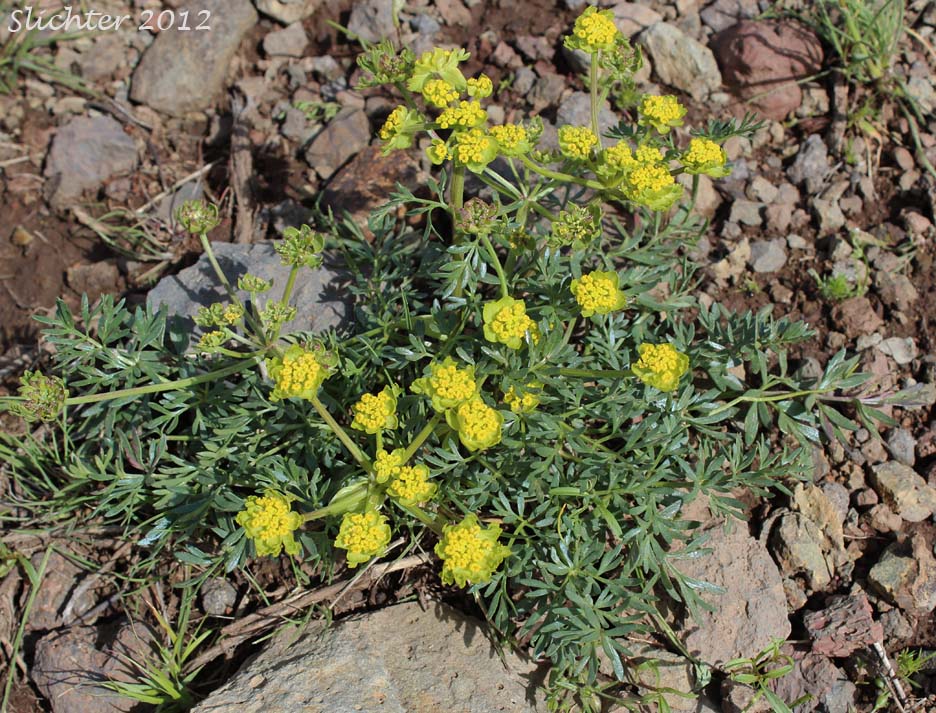 -
- 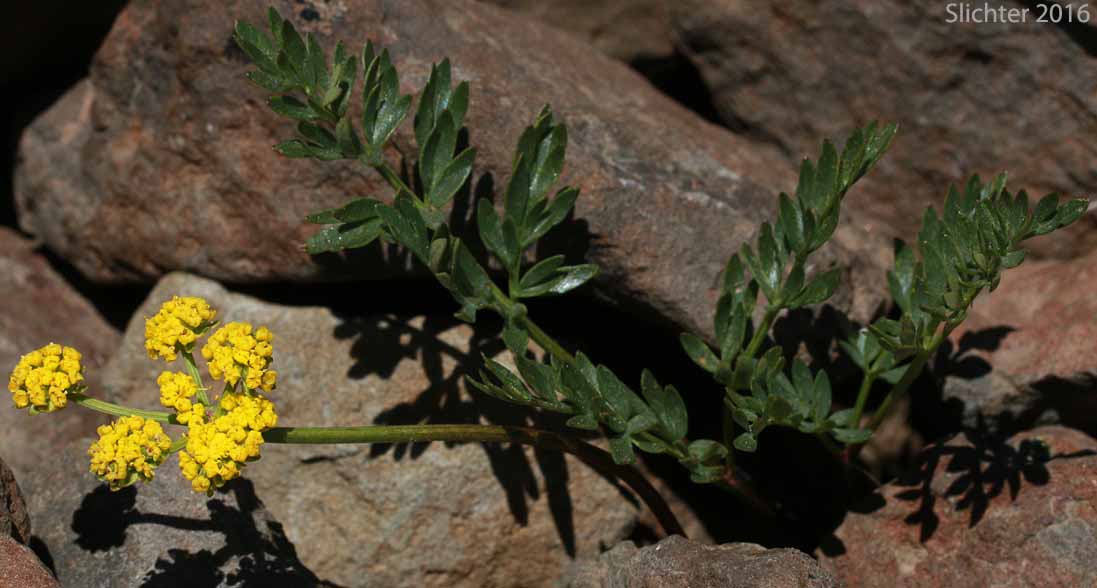
Cous beginning to bloom (left) along the Steens Mountain North Loop Road, Steens Mountain of southeastern Oregon............June 2, 2012. This site is about one mile below the upper limit of the juniper forest on the mountain. The photo at right shows cous blooming on rocky scablands atop Lookout Mt., Ochoco National Forest.........May 29, 2016. The involucel bracts are barely visible upon expansion of the photo.
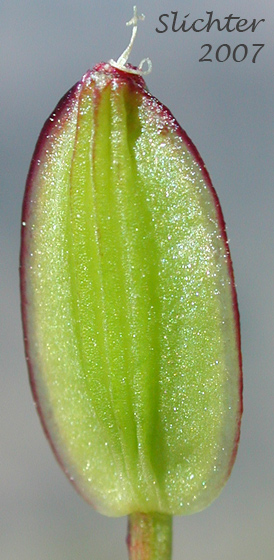 -
- 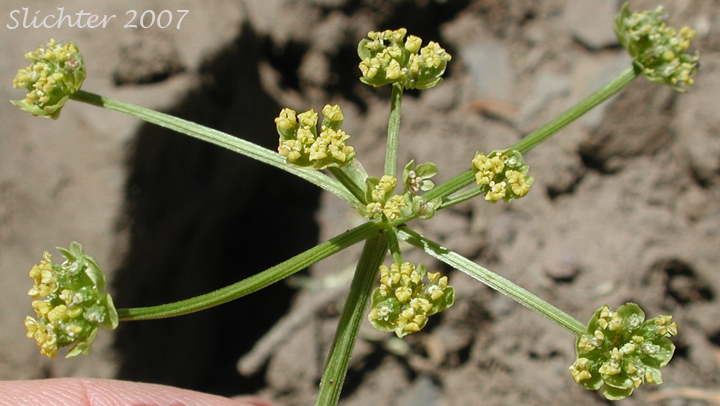 -
- 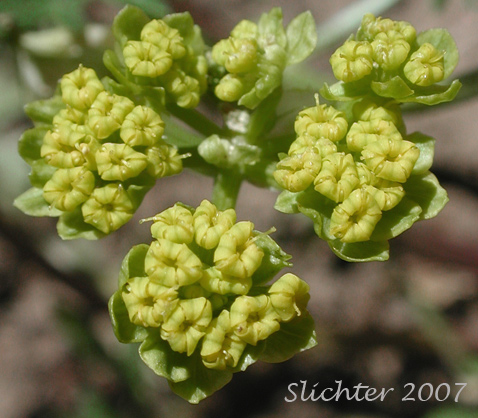
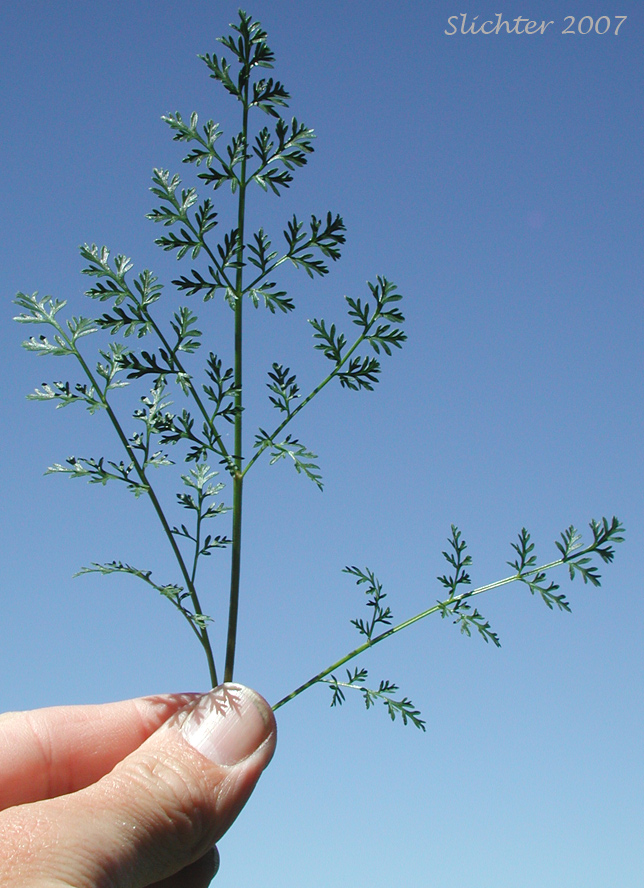 -
- 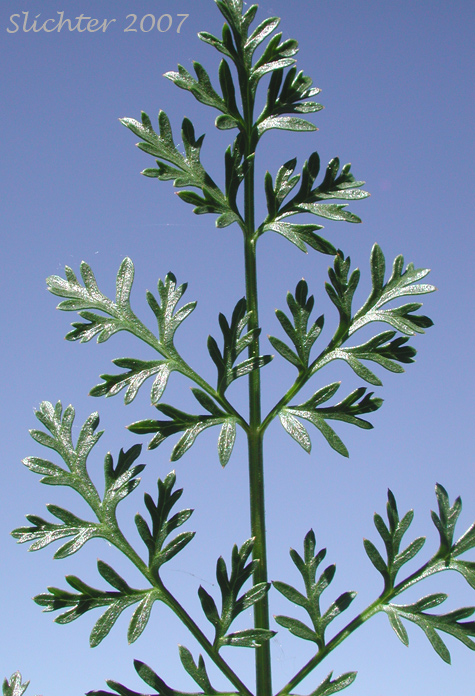
The 5 photos above show various views of cous as seen on steep east-facing slopes at Saddle Creek Viewpoint along Hat Point Road in the Hells Canyon National Recreation Area..........June 28, 2007.
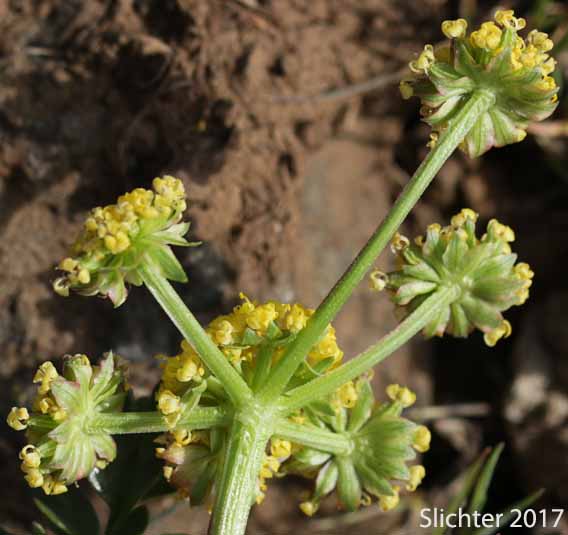 -
- 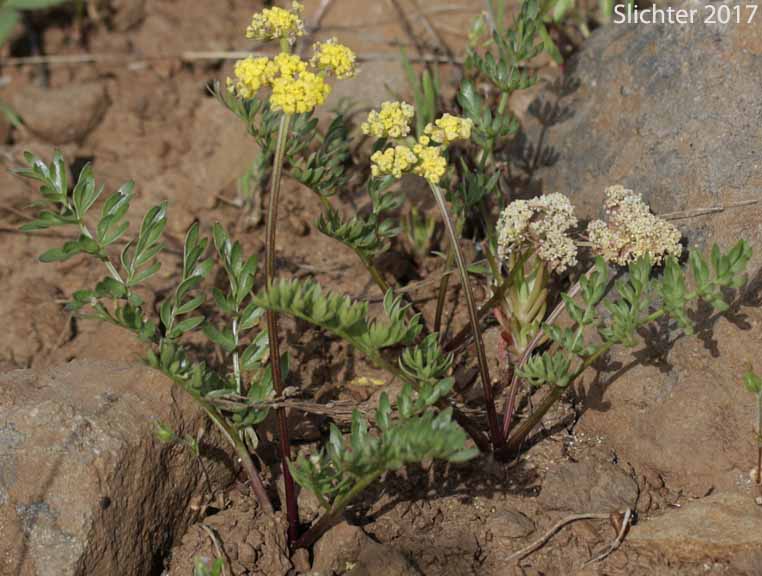
Cous as seen on scablands at the eastern edge of Big Summit Prairie about one-half mile southwest of the old Cold Springs Guard Station, Ochoco National Forest...........May 10, 2017.
 -
- 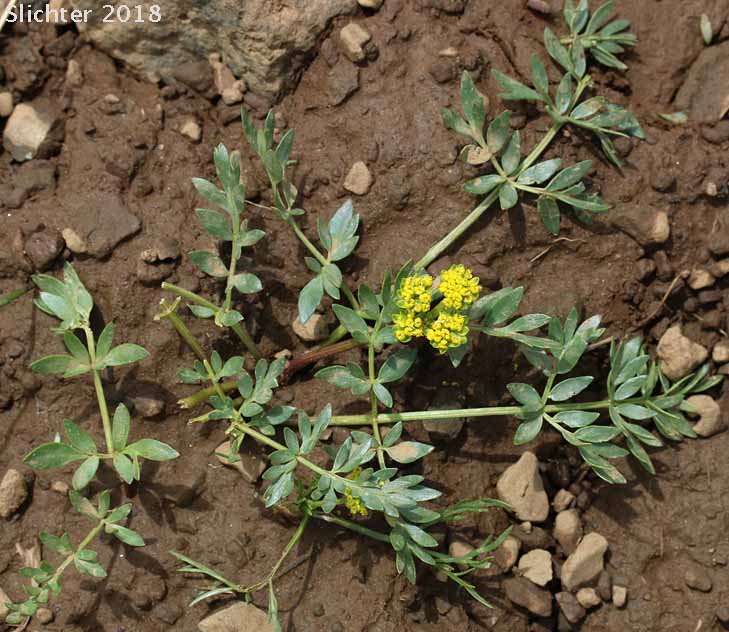
Cous blooming at left along FS Road #3965 about one mile west of the Hells Canyon Overlook, Hells Canyon National Recreation Area......June 11, 2018. The photo at right shows cous in bloom along Trail #808A atop Lookout Mountain, Ochoco National Forest......May 26, 2018.
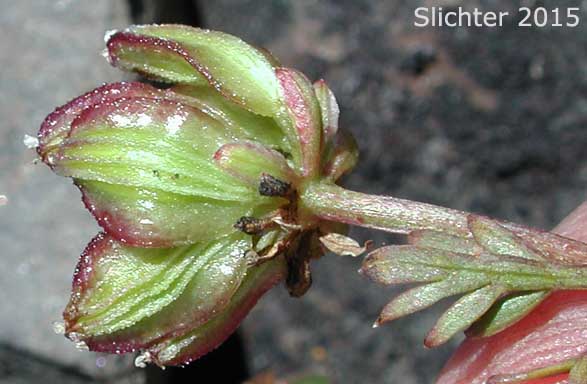 -
- 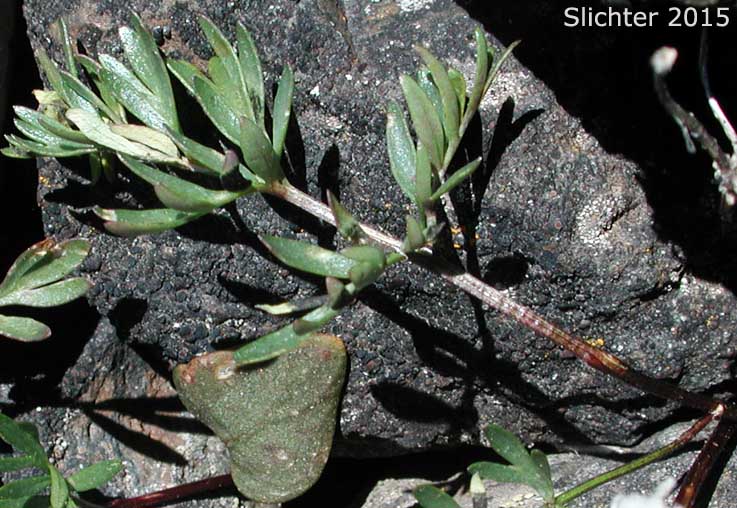 -
- 
Cous with maturing fruits as seen on a talus slope along the south side of FS Road #2230 about one mile east of Mount Pisgah, Ochoco National Forest.........June 13, 2015.
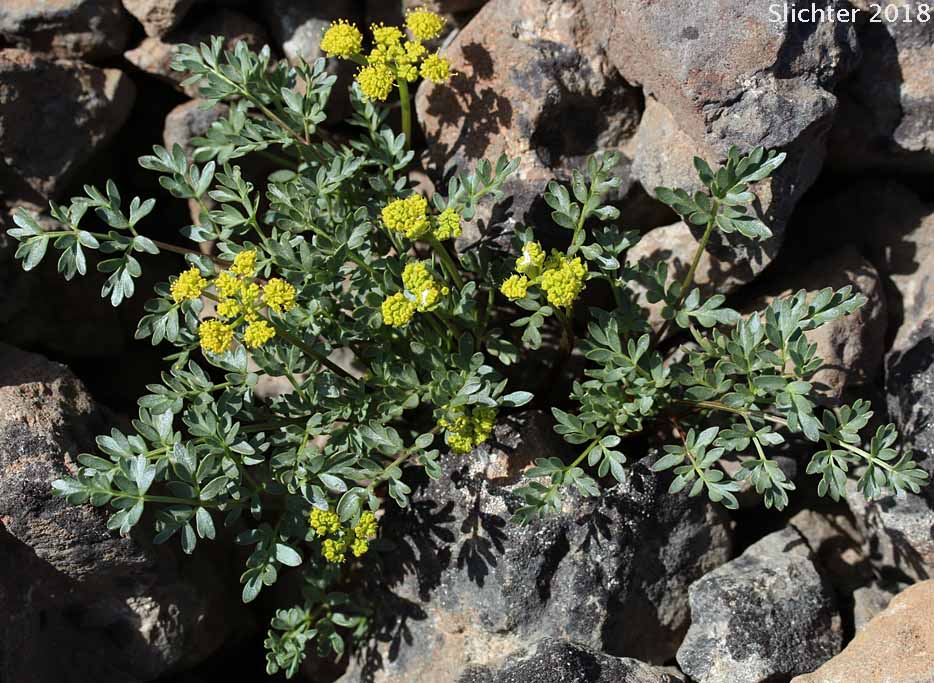 -
- 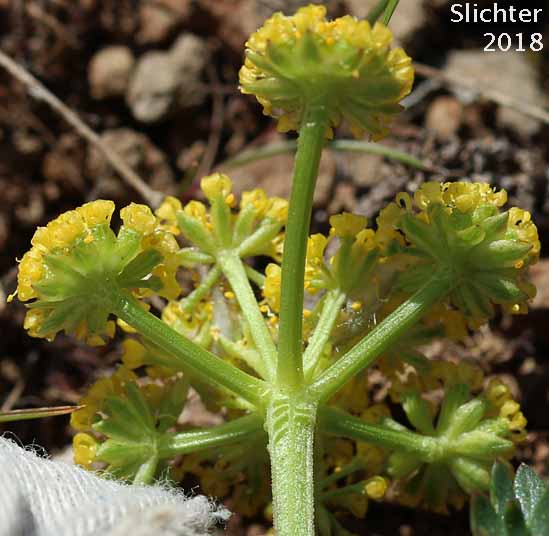
Cous observed on scablands along Forest Road 4240 about a mile south of Lame Dog Creek, Ochoco National Forest.......April 26, 2018.
Paul Slichter
 The
photo at right shows the fruits of cous as seen along the South Steens Loop Road..........June
22, 1999.
The
photo at right shows the fruits of cous as seen along the South Steens Loop Road..........June
22, 1999.
